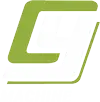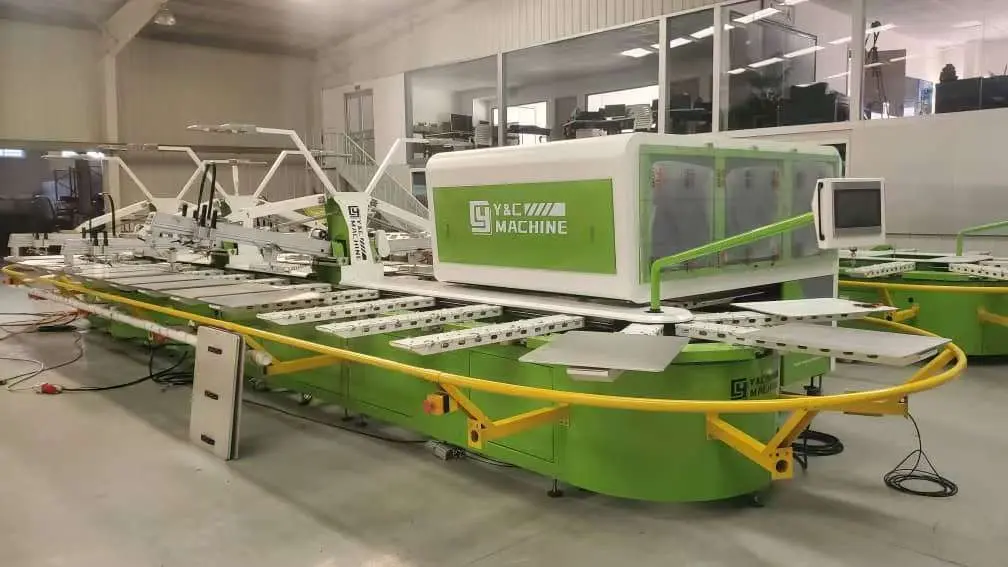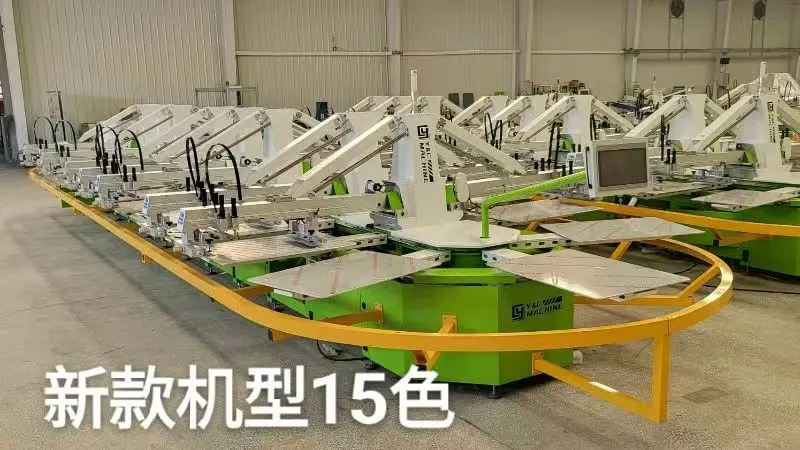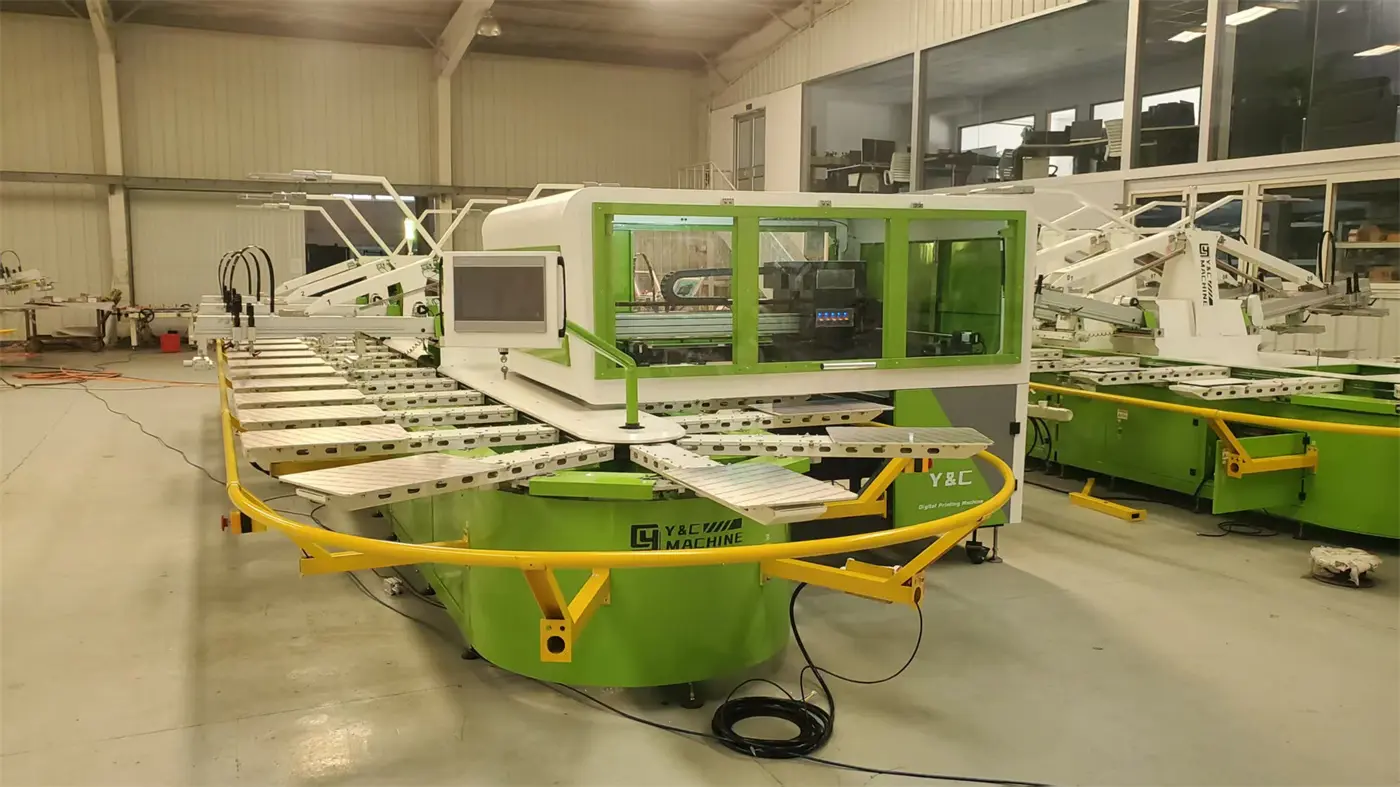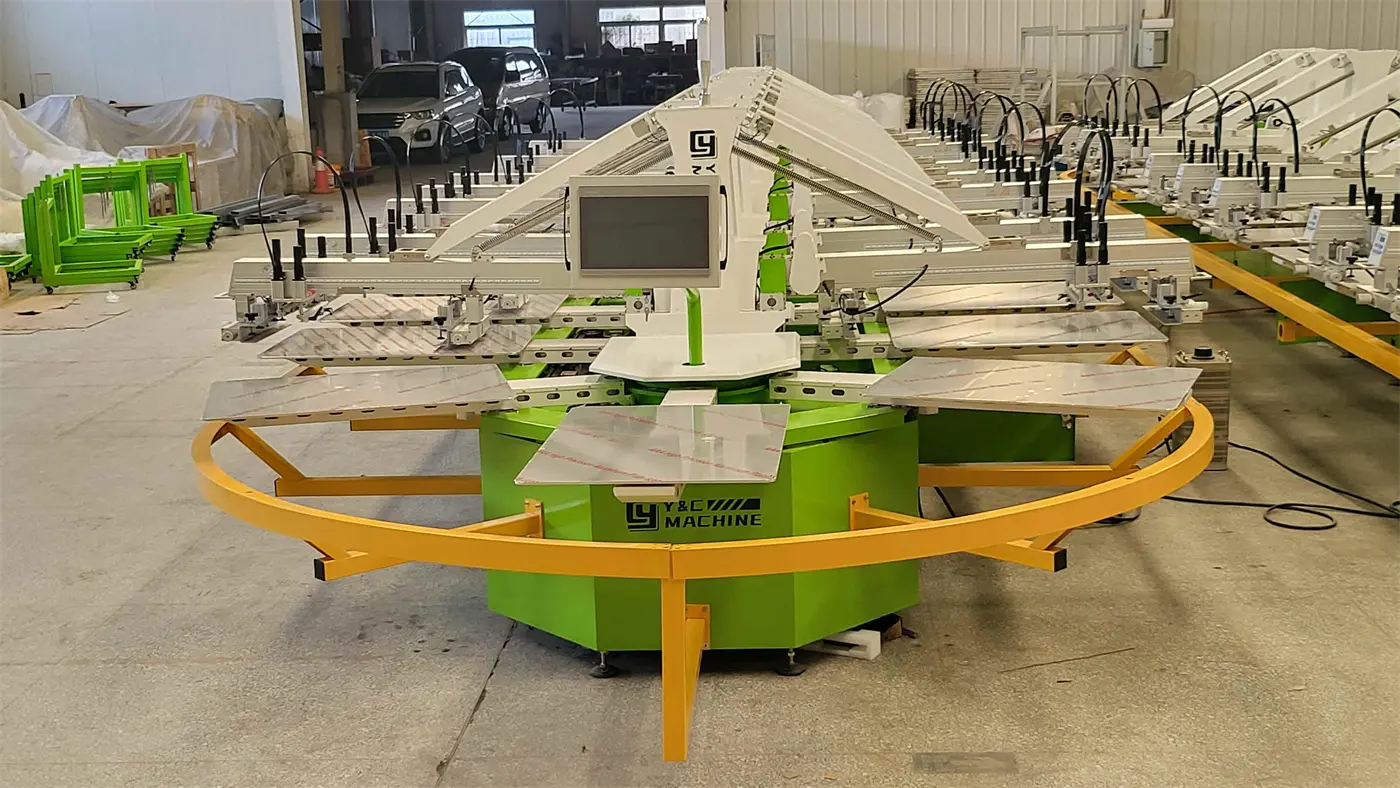How much does a shirt printing machine cost
The cost of a T-Shirt Printing Machine varies widely depending on theprinting technology, production capacity, and quality level. Here’s a breakdown of typical price ranges by machine type:
💰 T-Shirt Printing Machine Price Guide
| Printer Type | Price Range | Notes |
|---|---|---|
| Heat Transfer Printer | $150 – $600 | Entry-level, often uses transfer paper. |
| Sublimation Printer | $300 – $2,000 | For polyester fabrics, plus heat press needed. |
| DTF Printer | $2,000 – $15,000 | Growing technology, flexible for all fabrics. |
| Screen Printing Machine | $500 – $20,000+ | Low for manual machines, high for automatic setups. |
| DTG Printer | $10,000 – $500,000+ | Professional, high-quality, ideal for custom prints. |
Detailed Cost Breakdown:
1. Heat Transfer Printing Machine
-
Small Home Setups: $150 – $600
-
Includes: Standard inkjet or laser printer + heat press
-
Best For: Beginners, low-volume production
2. Sublimation Printing Machine
-
Basic Models: $300 – $1,000
-
Professional Models: $1,000 – $2,000+
-
Plus: Heat press (around $200 – $1,000)
-
Best For: Polyester t-shirts, all-over prints
3. Direct-to-Film (DTF) Printer
-
Small Machines: $2,000 – $5,000
-
High-Speed Models: $8,000 – $15,000
-
Additional: Powder shaker and curing unit required
-
Best For: Cotton, polyester, and blended fabrics
4. Screen Printing Machine
-
Manual Press: $500 – $3,000
-
Semi-Auto / Automatic Press: $10,000 – $50,000+
-
Best For: Bulk production, simple designs
5. Direct-to-Garment (DTG) Printer
-
Entry-Level Models: $10,000 – $30,000
-
Mid-Range Models: $30,000 – $80,000
-
Industrial Models: $100,000 – $500,000+
-
Best For: Custom, high-detail, on-demand printing
Key Cost Factors to Consider:
-
Ink costs: DTG and DTF inks are expensive.
-
Maintenance: DTG printers require frequent cleaning.
-
Accessories: Heat presses, curing machines, and pretreatment equipment add to total setup cost.
-
Production speed: More expensive machines generally produce more shirts per hour.
What kind of printer is best for t-shirt printing
When it comes to t-shirt printing, the type of printer you choose can make a huge difference in the quality, cost, and efficiency of your business or project. Whether you're a hobbyist, a small business owner, or looking to start a large-scale operation, this guide will help you choose the best printer for your needs.
1. What is a DTG (Direct-to-Garment) Printer?
A DTG printer prints designs directly onto t-shirts using inkjet technology.
Pros:
-
Perfect for full-color and detailed designs.
-
Provides a soft, natural feel on the fabric.
-
Fast setup, ideal for small batches and custom orders.
Cons:
-
High initial cost for equipment and ink.
-
Slower for large-volume production.
Best For:
-
Small businesses
-
Print-on-demand services
-
Custom, high-quality designs
2. What is Screen Printing?
Screen printing uses stencils (screens) to apply layers of ink onto the shirt.
Pros:
-
Cost-effective for large orders.
-
Durable prints with vibrant colors.
Cons:
-
Time-consuming setup for multi-color designs.
-
Less ideal for complex, detailed images.
Best For:
-
Bulk t-shirt production
-
Simple logos or single-color designs
3. What is Sublimation Printing?
Sublimation printing uses heat to transfer dye directly into polyester fabrics.
Pros:
-
The dye becomes part of the fabric, offering excellent durability.
-
Ideal for all-over prints with bright, vivid colors.
Cons:
-
Only works on polyester or polyester-coated fabrics.
-
Limited to light-colored shirts.
Best For:
-
Sportswear
-
Polyester t-shirts
-
Full-coverage designs
4. What is Heat Transfer Printing?
Heat transfer printing uses special transfer paper and heat to apply designs to t-shirts.
Pros:
-
Affordable and beginner-friendly.
-
Can use standard inkjet or laser printers.
Cons:
-
The transfer layer can feel thick and less breathable.
-
Prints may fade or crack after many washes.
Best For:
-
Home businesses
-
DIY t-shirt printing
-
Small volume projects
5. What is DTF (Direct-to-Film) Printing?
DTF printing is a growing technology that prints designs onto a film, which is then transferred to fabric.
Pros:
-
Works on cotton, polyester, and blended fabrics.
-
Offers good color vibrancy and wash durability.
-
No pre-treatment needed.
Cons:
-
Requires adhesive powder and a heat press.
-
Medium to high initial setup cost.
Best For:
-
Small to medium-sized businesses
-
Shops needing versatile fabric options
Quick Comparison Table
| Printer Type | Best For | Budget Level |
|---|---|---|
| DTG | Detailed, full-color, custom orders | High |
| Screen Printing | Bulk orders, simple color designs | Medium |
| Sublimation | Polyester shirts, all-over prints | Medium |
| Heat Transfer | DIY, entry-level, home use | Low |
| DTF | Flexible fabrics, small batch orders | Medium-High |
Final Thoughts
If you’re looking to start a professional t-shirt printing business, DTG or DTF printers are the most versatile and offer the best quality for diverse orders.
For bulk printing with simple designs, screen printing remains the most cost-effective option.
If you’re just starting or printing at home, heat transfer and sublimation are affordable ways to explore t-shirt printing without large upfront investments.
Rotary screen printing is a continuous printing process that uses cylindrical screens (instead of flat screens) to apply patterns, designs, or colors onto fabrics, paper, plastics, and other materials.
🔍 What is Rotary Screen Printing?
In rotary screen printing, the printing screen is formed into a rotating cylinder. As the material moves continuously under the rotating screen, ink is pushed through the mesh using a squeegee located inside the cylinder, creating seamless and repetitive patterns.
✅ How Does Rotary Screen Printing Work?
-
Screen Preparation:
A design is etched onto a cylindrical screen made of fine mesh. -
Ink Application:
The screen rotates, and a squeegee inside pushes ink through the mesh onto the fabric as it passes beneath the screen. -
Continuous Process:
The material moves on a conveyor belt under multiple rotating screens, each applying a different color. -
Drying:
The printed fabric is dried and sometimes cured to set the ink.
Advantages of Rotary Screen Printing
-
High-Speed Production: Suitable for large-scale, continuous printing.
-
Seamless Patterns: Excellent for fabrics that require repetitive designs.
-
Color Precision: Multiple screens can print different colors in perfect registration.
-
Versatility: Can print on textiles, wallpaper, packaging, and more.
Limitations
-
High Initial Setup Cost: Requires screen engraving and setup for each color.
-
Less Efficient for Small Orders: More suitable for bulk production.
-
Design Complexity Limits: Extremely detailed or photographic designs are better suited to digital printing.
Common Applications
-
Textile printing (t-shirts, upholstery, curtains)
-
Wallpaper printing
-
Packaging materials
-
Industrial fabrics
👉 Summary:
Rotary screen printing is ideal for high-volume, continuous, and repeat-pattern printing on a wide range of materials. It offers speed, durability, and excellent color registration but is best suited for large production runs due to its setup costs.
If you want, I can help compare rotary screen printing vs. digital printing for your specific application. Let me know!
